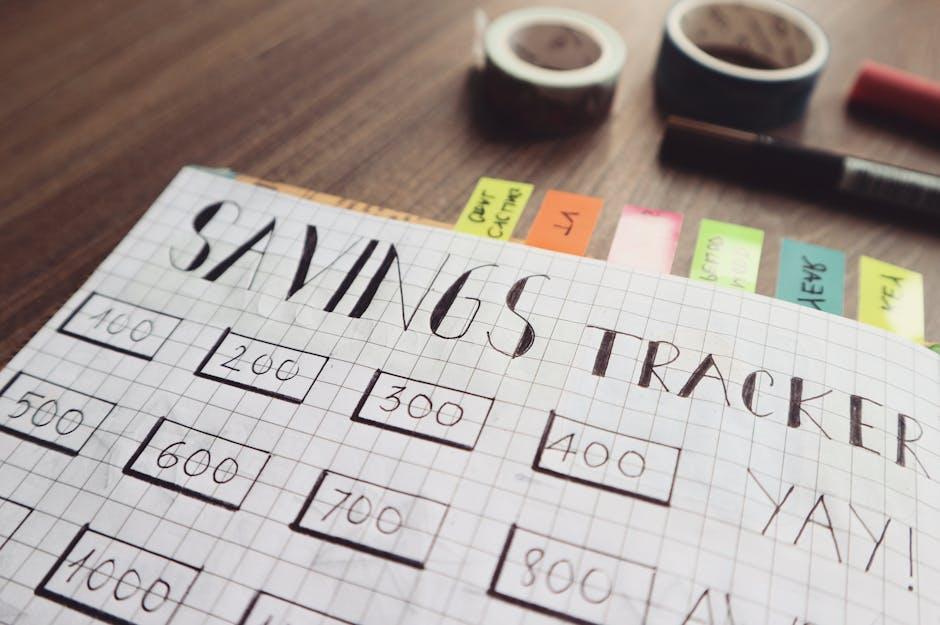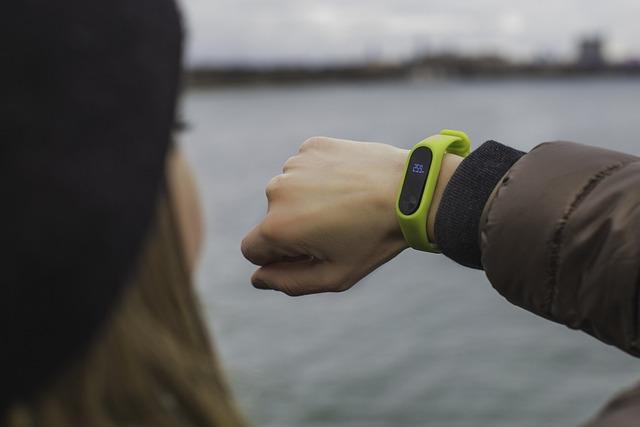Embarking on a weight loss journey requires not only determination and commitment but also the right tools to track your progress effectively. Among the myriad of methods available, utilizing a Body Mass Index (BMI) tracker stands out as a scientifically grounded and accessible approach. This article serves as your comprehensive guide to understanding and leveraging a BMI tracker to monitor your weight loss journey with precision and confidence. By providing clear instructions and expert insights, we will equip you with the knowledge to set realistic goals, track your progress accurately, and make informed decisions about your health and fitness. Whether you’re just starting or looking to enhance your current regimen, mastering the use of a BMI tracker can be a pivotal step in achieving sustainable weight loss success.
Understanding BMI and Its Role in Weight Loss
Body Mass Index (BMI) is a simple yet powerful tool that helps you understand your body composition by calculating the ratio of your weight to your height. It categorizes individuals into different weight statuses: underweight, normal weight, overweight, and obesity. While BMI doesn’t directly measure body fat, it serves as a useful initial screening tool for identifying potential weight-related health issues. When used effectively, a BMI tracker can be an invaluable asset in your weight loss journey, providing consistent data to help guide your fitness and nutrition strategies.
To make the most of your BMI tracker, consider the following:
- Consistency is Key: Record your BMI at regular intervals, such as weekly or bi-weekly, to monitor changes accurately over time.
- Set Realistic Goals: Use your BMI data to set achievable milestones that align with a healthy weight range for your height.
- Integrate with Other Metrics: While BMI is a great starting point, complement it with other measurements like waist circumference or body fat percentage for a more comprehensive view.
- Consult Health Professionals: If your BMI falls outside the normal range, seek advice from a healthcare provider to tailor a weight loss plan that suits your needs.
Utilizing a BMI tracker effectively not only aids in visualizing your progress but also reinforces healthy habits by keeping you informed and motivated.

Choosing the Right BMI Tracker for Accurate Monitoring
When embarking on your weight loss journey, selecting the ideal BMI tracker is crucial for precise monitoring. A reliable BMI tracker should offer accuracy, ease of use, and comprehensive features to suit your individual needs. Here are some essential aspects to consider:
- Accuracy: Ensure the tracker provides precise readings by cross-referencing with other devices or tools. Look for trackers that have positive reviews and are known for their consistency.
- Usability: Opt for a user-friendly interface that simplifies the process of entering and retrieving data. A seamless connection to your smartphone or computer for data syncing is a plus.
- Features: Beyond just BMI calculations, look for additional features like goal setting, progress tracking, and integration with fitness apps for a holistic approach to weight management.
By prioritizing these elements, you’ll be better equipped to choose a BMI tracker that not only fits your lifestyle but also provides the insights necessary for a successful weight loss journey.

Integrating BMI Tracking into Your Daily Routine
Incorporating a Body Mass Index tracker into your daily routine is a strategic way to maintain a clear view of your weight loss progress. Start by setting a specific time each day to record your BMI, ideally in the morning before breakfast. This consistency helps to eliminate variables like food intake and hydration levels that can affect your measurements. Use a reliable digital scale and a measuring tape to accurately track your weight and height, respectively. If you have a smart scale, sync it with a health app for seamless data logging. Consistency is key, so make this a part of your daily schedule just like brushing your teeth or having your morning coffee.
- Create a dedicated log: Whether you prefer a physical journal or a digital app, keeping a record helps you visualize trends over time.
- Set realistic goals: Break down your weight loss objectives into manageable milestones and celebrate small victories to stay motivated.
- Review and adjust: Regularly analyze your data to identify patterns and make necessary adjustments to your diet and exercise routine.
Integrating this habit into your lifestyle not only keeps you accountable but also provides valuable insights into how your body responds to different activities and dietary changes. With a clear understanding of your progress, you’ll be better equipped to make informed decisions on your weight loss journey.
Analyzing BMI Data to Adjust Your Weight Loss Strategy
Understanding your Body Mass Index (BMI) is crucial when tailoring your weight loss strategy. BMI provides a snapshot of your body fat based on your height and weight, allowing you to assess your current health status and set realistic goals. By consistently analyzing your BMI data, you can make informed decisions about your diet and exercise regimen. Regular tracking helps identify patterns in weight fluctuation, ensuring that you remain on the right path towards achieving your fitness objectives.
To effectively adjust your strategy, consider the following:
- Set clear benchmarks: Establish BMI targets that align with your overall health goals.
- Utilize digital tools: Leverage apps or smart devices that sync with your BMI tracker for seamless data integration.
- Analyze trends: Look for consistent changes over weeks rather than daily fluctuations, which can be misleading.
- Consult professionals: Regularly discuss your BMI data with a healthcare provider to refine your strategy.
By diligently monitoring and adjusting based on BMI data, you enhance your ability to maintain a sustainable weight loss journey.
